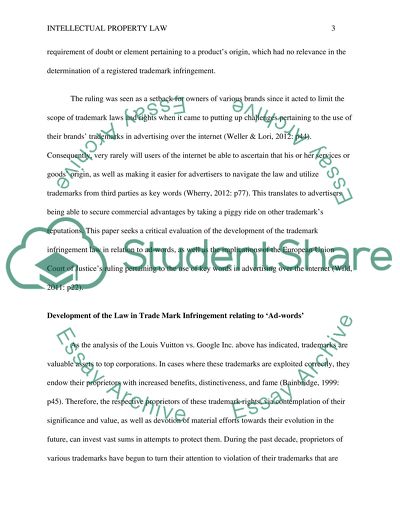Cite this document
(“Intellectual property law Essay Example | Topics and Well Written Essays - 1500 words”, n.d.)
Retrieved from https://studentshare.org/law/1466768-intellectual-property-law
Retrieved from https://studentshare.org/law/1466768-intellectual-property-law
(Intellectual Property Law Essay Example | Topics and Well Written Essays - 1500 Words)
https://studentshare.org/law/1466768-intellectual-property-law.
https://studentshare.org/law/1466768-intellectual-property-law.
“Intellectual Property Law Essay Example | Topics and Well Written Essays - 1500 Words”, n.d. https://studentshare.org/law/1466768-intellectual-property-law.


